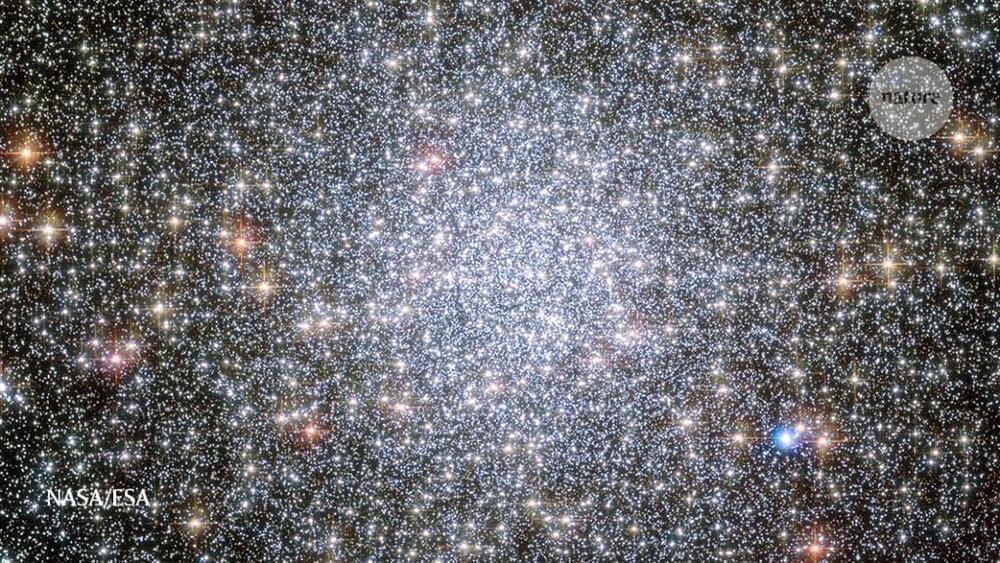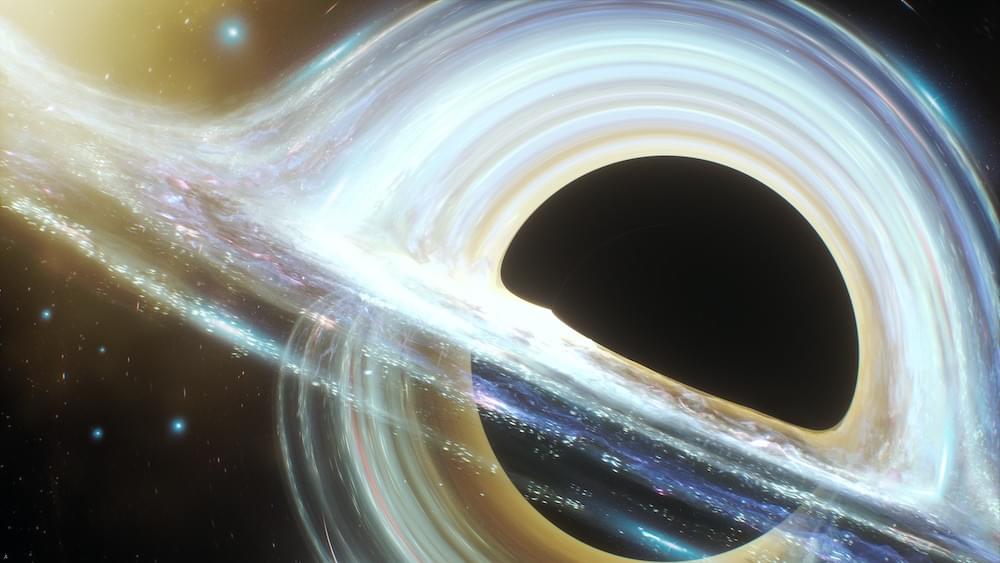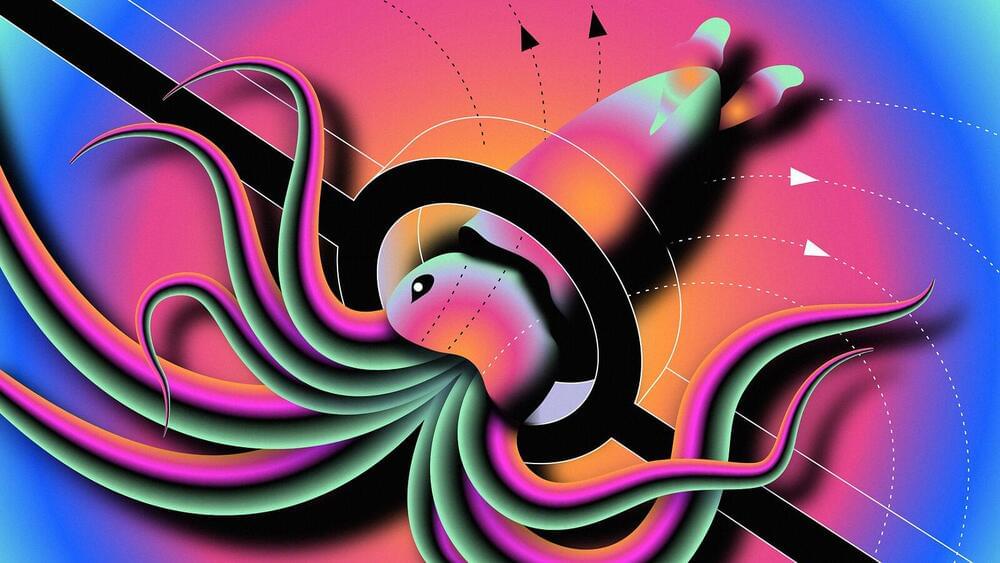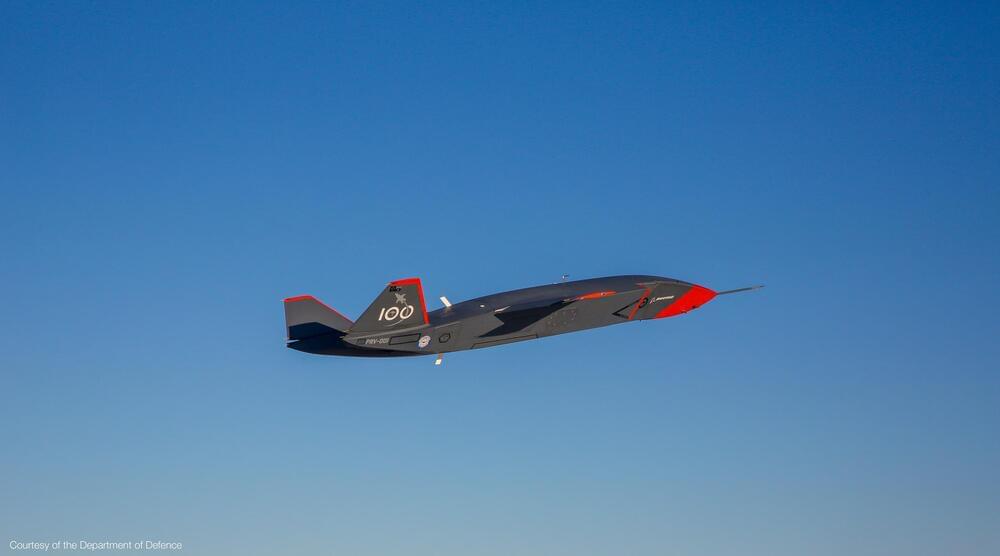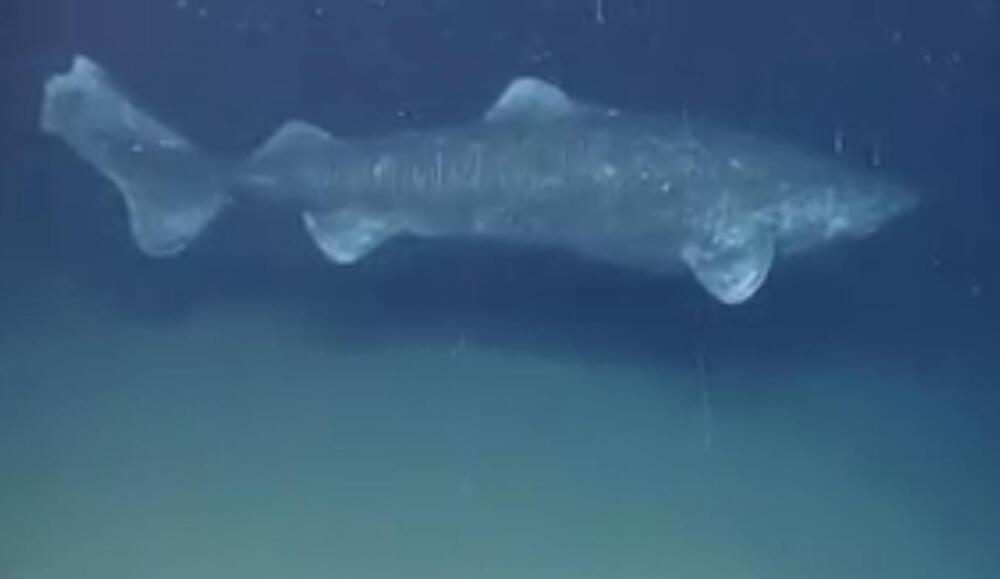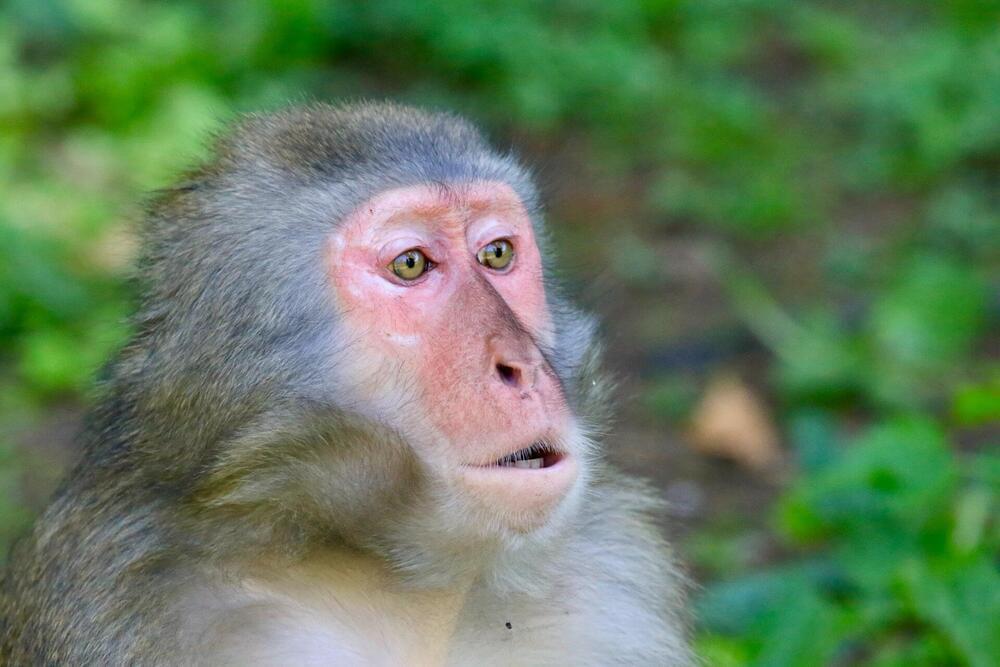Page 5047
Mar 21, 2022
Bex: A walking, rolling quadruped robot that can carry a person around
Posted by Shubham Ghosh Roy in categories: food, robotics/AI
Officials and engineers at Kawasaki have unveiled Bex, a quadruped robot that can walk, roll around and even carry a human passenger on its back—at this year’s 2022 International Robot Exhibition in Tokyo. At the exhibition, Bex was configured to look like an Ibex, a type of wild goat, which is where it gets its name.
Bex was created as part of an effort at Kawasaki the company calls a “robust humanoid platform” with a project called Kaleido. Most such efforts from the project have involved robots that are halfway between human-like robots and wheeled bots. Bex appears to be an aberration—it is a quadruped with wheels on its knees. The robot can walk around, similar in many respects to a quadruped from Boston Dynamics, though much slower. But it also squats down to its knees, locks its joints and fires up a motor that drives the robot around like a car. Bex can also carry cargo (up to 100 kilograms) such as crops or humans. At the exhibition, Bex was mounted by an engineer and ridden in circles like a pony. The team at Kawasaki has also made the robot a little glitzier than many of its competitors—it has flashing lights that run up and down its neck and antlers.
Continue reading “Bex: A walking, rolling quadruped robot that can carry a person around” »
Mar 20, 2022
Crunch, rip, freeze or decay — how will the Universe end?
Posted by Quinn Sena in category: space
Circa 2020
Astrophysicist Katie Mack’s book explores all the ways the cosmos could destroy itself.
Mar 20, 2022
The Beginning to the End of the Universe: How black holes die
Posted by Quinn Sena in category: cosmology
Circa 2021
This story comes from our special January 2021 issue, “The Beginning and the End of the Universe.” Click here to purchase the full issue.
But even the black holes will one day die. And when they do, these monsters won’t go gently into the night. A burst of fireworks will light up the universe in the final moments of each black hole, heralding the end of the era.
Continue reading “The Beginning to the End of the Universe: How black holes die” »
Mar 20, 2022
Sonoma County Airport Launches Solar Power Systems
Posted by Shubham Ghosh Roy in categories: climatology, government, solar power, sustainability
The Charles M. Schulz Sonoma County Airport had two solar power systems installed onsite and made them live in February. Over the course of their electricity-generating life spans, they will offset thousands of tons of CO2 emissions and potentially save millions of dollars.
Sonoma County has been hit particularly hard by wildfires in the last several years. These natural disasters occur with some regularity on their own, but many believe the latest ones are connected to the effects of climate change. The county has been experiencing higher temperatures and droughts as well. As a result of these challenges, Sonoma County’s government set a goal for the county to be carbon neutral by 2030. The airport solar power installations fit within the carbon-free plan. (The California state government has a goal for California to be operating on clean, carbon-free electricity by 2045.)
Jon Stout, the Sonoma Airport Manager, and Rachel McLaughlin, ForeFront Power’s Vice President of Sales & Marketing, provided some insights to CleanTechnica about the new solar power systems. (The last three answers are from ForeFront.)
Mar 20, 2022
Finland Will Store Nuclear Waste in an Underground Tomb for 100,000 Years
Posted by Shubham Ghosh Roy in categories: futurism, nuclear energy
Finland is building a nuclear waste disposal site deep under the tiny city of Eurajoki. Called Onkalo, meaning “deep pit” in Finnish, the nuclear waste repository is slated to open in 2024. If all goes to plan, copper casks will safely store spent uranium fuel rods for at least the next 100,000 years. But what happens when we bury nuclear waste, and how does this fit into Finland’s nuclear future?
Finland is a Scandinavian country about the size of Montana with about five times the population at 5.5 million residents. (That said, Finland is the 216th nation in the world by population density, showing just how sparse Montana really is.) The population is concentrated in the south, with just 200,000 people living around and above the Arctic Circle in northern Finland.
One important recent development in quantum sensing is known as quantum squeezing—a way to circumvent quantum limitations that even quantum sensors have faced in the past.
A technique from the newest generation of quantum sensors is helping scientists to use the limitations of the Heisenberg uncertainty principle to their advantage.
Mar 20, 2022
Boeing’s Loyal Wingman drone is now officially the MQ-28A Ghost Bat
Posted by Dan Kummer in categories: drones, military, robotics/AI
The first Australian-produced military combat aircraft in over half a century.
Boeing’s Loyal Wingman is now officially the “MQ-28A Ghost Bat.” The new military designator and name that will be used by the Royal Australian Air Force (RAAF) for the autonomous combat drone was announced during a ceremony at the Amberley Royal Australian Air Force Base in Queensland today.
Giving the Loyal Wingman an official name may seem trivial, but it represents two major steps for the program. Being named after a native Australian bat, it acknowledges the first Australian-produced military combat aircraft in over half a century, and it also shows that the drone is moving out of the experimental phase and into a path for full deployment with the RAAF and sales to international customers.
Continue reading “Boeing’s Loyal Wingman drone is now officially the MQ-28A Ghost Bat” »
Mar 20, 2022
Greenland sharks can live hundreds of years on barely any food
Posted by Genevieve Klien in category: food
Researchers discovered these large, lethargic creatures only need to eat a few ounces of fish per day to survive.
Mar 20, 2022
Assume that animals have feelings too, say cognitive biologists
Posted by Dan Breeden in category: neuroscience
We should assume that animals can have feelings too. From an ethical point of view this should inform our dealings with animals, researchers from Leiden University and Utrecht University argue in an opinion article that was published in the scientific journal Affective Science on Thursday 10 March.
Some of the leading behavioral scientists in the world have hypothesized that many animal species can have emotions. But whether animals also have feelings is the subject of much debate, and some behavioral scientists believe they do not. This is incorrect, say cognitive psychologist Mariska Kret (Leiden University) and behavioral biologists Jorg Massen (Utrecht University) and Frans de Waal (Emory University and endowed professor in Utrecht). Based on observations, there is a good chance that animals can also have feelings; it is just very difficult to investigate this.


